Wallpower
Wallpaper Makes A Comeback
By Shawn Hartley Hancock | Photos Provided | Winter 2015 | Features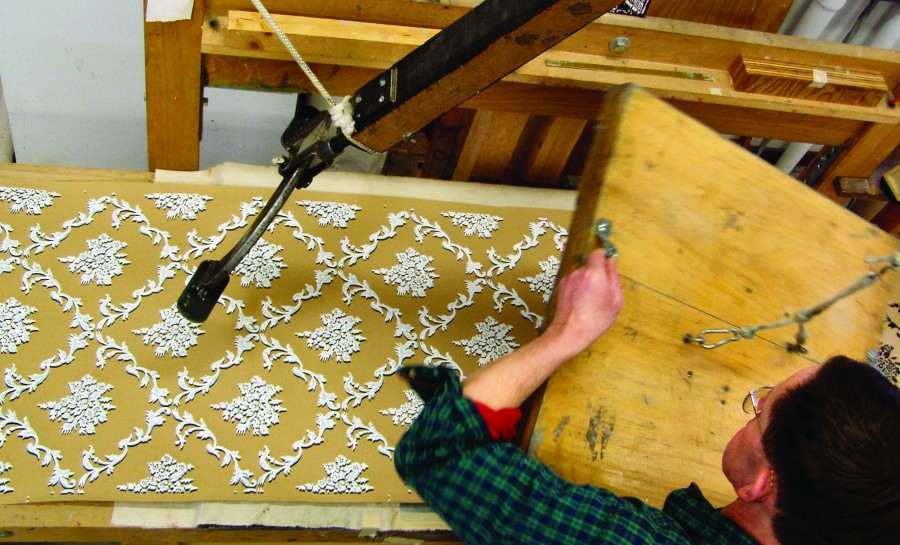
Whether you want whimsy, a punch of color, pleasing patterns, coverage for uneven walls, or to kick up a room’s energy level, wallpaper is the answer.
Wallpaper has been around for centuries, but its patterns, printing methods, and materials are changing dramatically. These days, wallpaper includes grass cloth, metallic finishes, weathered suede, pleats, wood patterns, large-scale art murals, and traditional hand-blocked patterns.
Thanks to digital printing processes and contemporary designers’ predilections, wallpaper is experiencing a renaissance. “The quality is so good, I want to introduce every client to wallpaper,” says Charles Farruggio, co-owner of FRED, a home furnishings and design services shop in High Falls. “We use wallpaper on almost every job,” adds his partner, Michael Van Nort. “There are many options today that didn’t exist a decade or so ago.”
On the traditional side is Adelphi Paper Hangings LLC, in Sharon Springs, the only American company creating block-printed wallpapers. Adelphi’s hundreds of patterns, culled from historic houses, date from the 1700s through the 1930s. “It’s a niche market,” admits co-owner Steve Larson. “Many of our clients are historic house museums, but we also serve lots of consumers.”
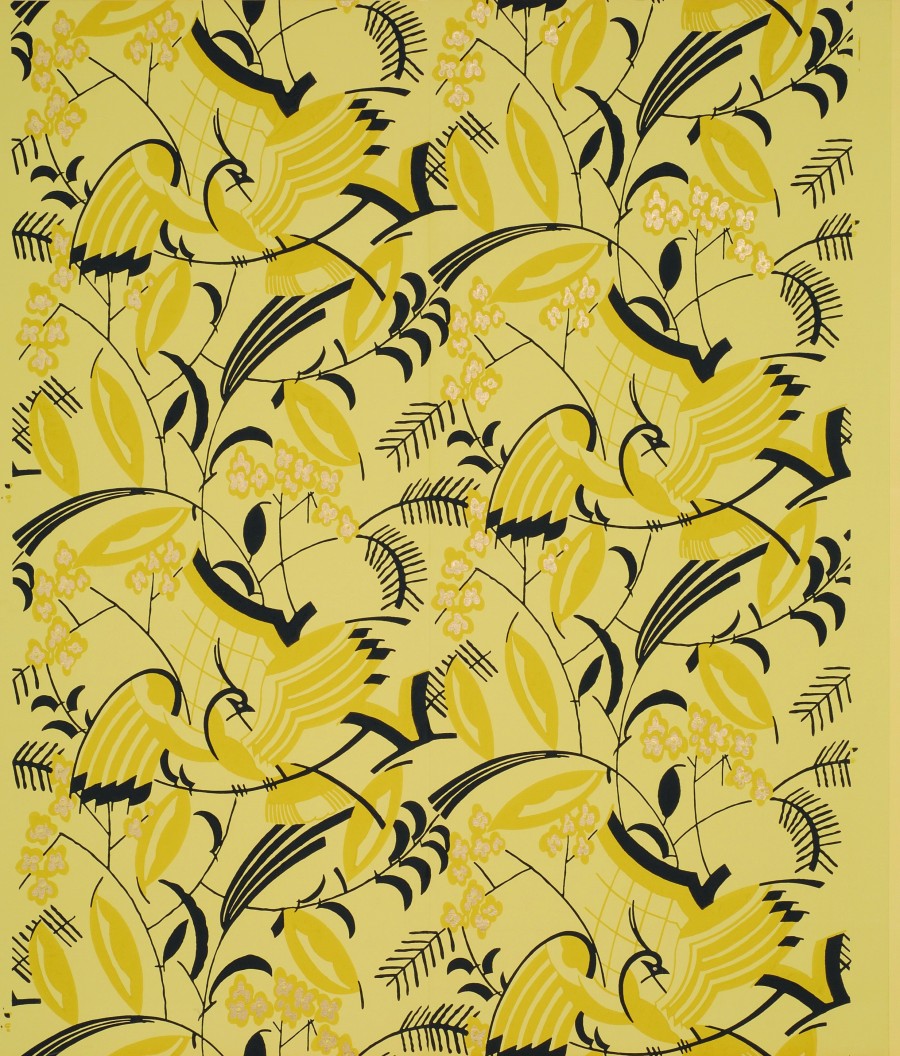 Block-printed wallpaper has a “physical presence,” explains Larson, because each color is allowed to dry before another is applied using a different block. The technique’s popularity peaked in the mid-1700s to mid-1800s. “Then roller printing made the process faster and easier,” Larson says. “Silk-screening was used in the 1930s and ’40s. In the last few decades, digital printing has taken over.”
Block-printed wallpaper has a “physical presence,” explains Larson, because each color is allowed to dry before another is applied using a different block. The technique’s popularity peaked in the mid-1700s to mid-1800s. “Then roller printing made the process faster and easier,” Larson says. “Silk-screening was used in the 1930s and ’40s. In the last few decades, digital printing has taken over.”
Adelphi imports paper from France in 12-mile rolls; its chalk-based paints are made by its creative team. The blocks, which are laser engraved for accurate detailing, are the process’s only high-tech component. Recent projects for Adelphi include a French design for the Van Cortland House Museum in the Bronx and King Caesar’s Strip (in original gray and yellow) for Boscobel Mansion in Garrison.
Wallpaper roll widths and lengths vary, but the standard size is 21 inches wide and 16.5 feet long. While standard wallpapers run from $50 into thousands of dollars per roll, and digital patterns available online begin at around $80 per roll, Adelphi’s block-printed wallpapers start at $380 for an 11-yard roll. The more colors in a paper, the higher the price. A roll of Adelphi’s 10-color Butterfly Chintz costs $945.
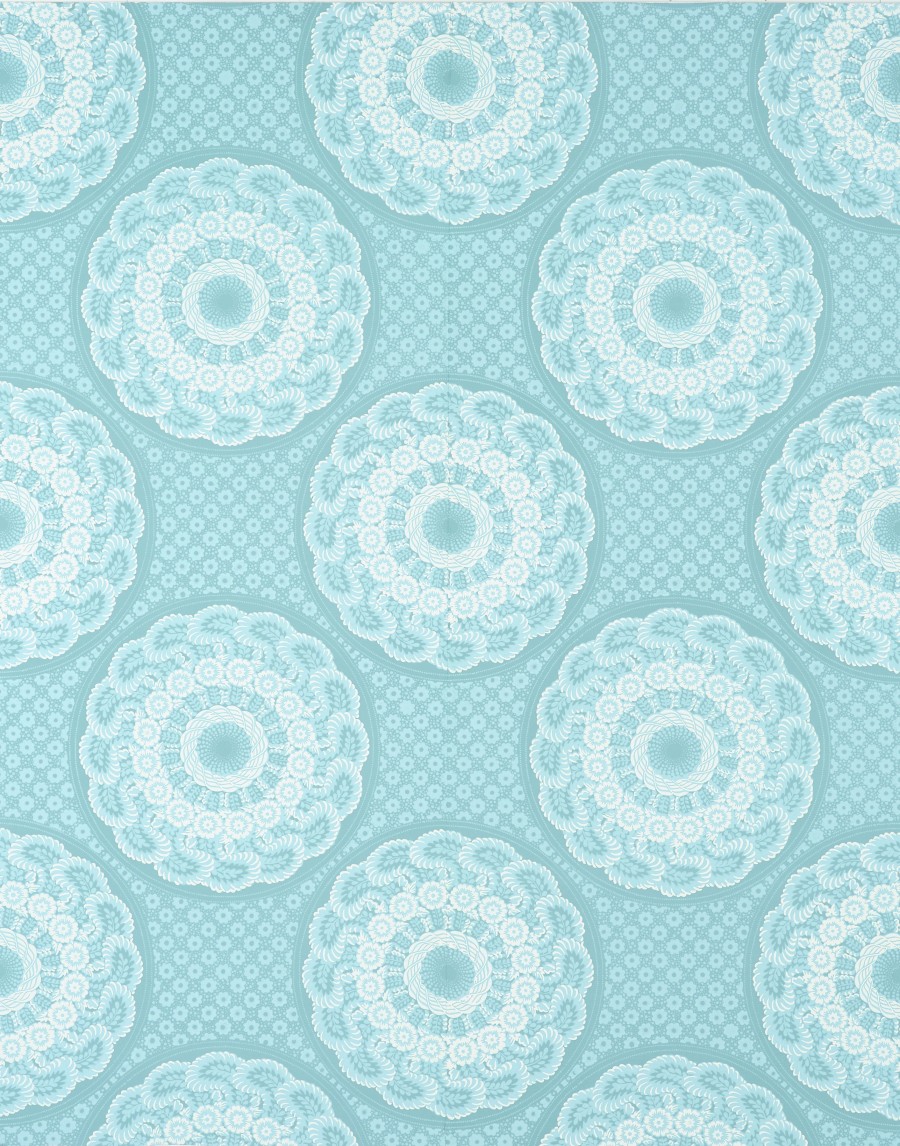 Digital printing’s versatility and precision is inspiring wallpaper designers to push boundaries. Maya Romanoff, Marcel Wanders, Trove, and Timorous Beasties mix familiar images with unexpected graphics and colors. Companies like Hygge & West, Spoonflower Custom Design, and Walnut Wallpaper print consumers’ designs, including as removable wallpaper tiles, as well as offer surprisingly affordable arrays of quirky designs.
Digital printing’s versatility and precision is inspiring wallpaper designers to push boundaries. Maya Romanoff, Marcel Wanders, Trove, and Timorous Beasties mix familiar images with unexpected graphics and colors. Companies like Hygge & West, Spoonflower Custom Design, and Walnut Wallpaper print consumers’ designs, including as removable wallpaper tiles, as well as offer surprisingly affordable arrays of quirky designs.
At FRED, Farruggio and Van Nort recently created a feature area using British wallpaper company Farrow & Ball’s Lotus pattern. They had fun with the restroom, too, hanging identically framed panels of Great Wave wallpaper by British block-print company Cole & Sons Wallpaper Ltd. (available from Lee Jofa) in close succession to create the overall impact of wallpaper, but making it easier to change.
While wallpaper’s popularity recently waned among homeowners, the hospitality industry has embraced it. But Farruggio says residential designers are realizing what hotel designers already know: Wallpaper can evoke emotions, set a mood, or reinforce a brand. It’s also as durable as it is transformative. Van Nort and Farruggio recently papered an entryway closet with gold metallic vinyl, achieving a gold leaf effect inexpensively with material that will stand up to umbrella pokes and dirty boots better than paint.
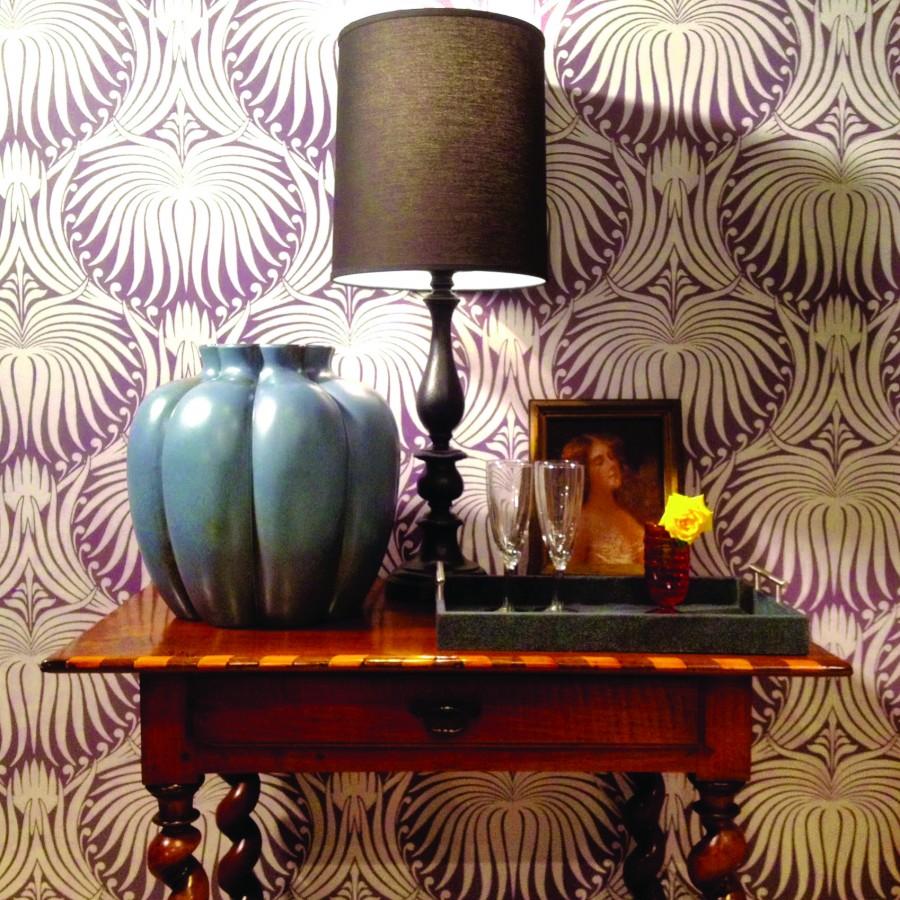 Small rooms like entryways and bathrooms are ideal places for wallpaper newbies to start, says Van Nort. “You don’t need as much paper, for one thing, and you don’t get sick of a pattern when it’s used in a confined space.” Since wallpaper can be expensive, he suggests consulting a designer before purchasing. “Many of our clients say they know what they want, they just don’t know how to implement it,” he explains.
Small rooms like entryways and bathrooms are ideal places for wallpaper newbies to start, says Van Nort. “You don’t need as much paper, for one thing, and you don’t get sick of a pattern when it’s used in a confined space.” Since wallpaper can be expensive, he suggests consulting a designer before purchasing. “Many of our clients say they know what they want, they just don’t know how to implement it,” he explains.
New York City interior designer Sheila Bridges loves wallpaper so much she designs it herself, creating contemporary versions of the French Toile de Jouy, 18th-century fabric printed with landscapes and figures. Harlem Toile de Jouy caused a stir when it debuted. “I wanted the beauty of toile with subjects that actually spoke to me,” she says. “Designers are like any creative person—we make personal and political statements in our work.” Hudson Valley Toile de Jouy followed Bridges’s buying a second home in Rhinebeck. Her latest pattern, Van Doe, was inspired by a trip to the Van Gogh Museum in the Netherlands, and riffs on Old Master paintings and, yes, deer. “I am deer obsessed since I started to spend time in upstate New York,” she says.
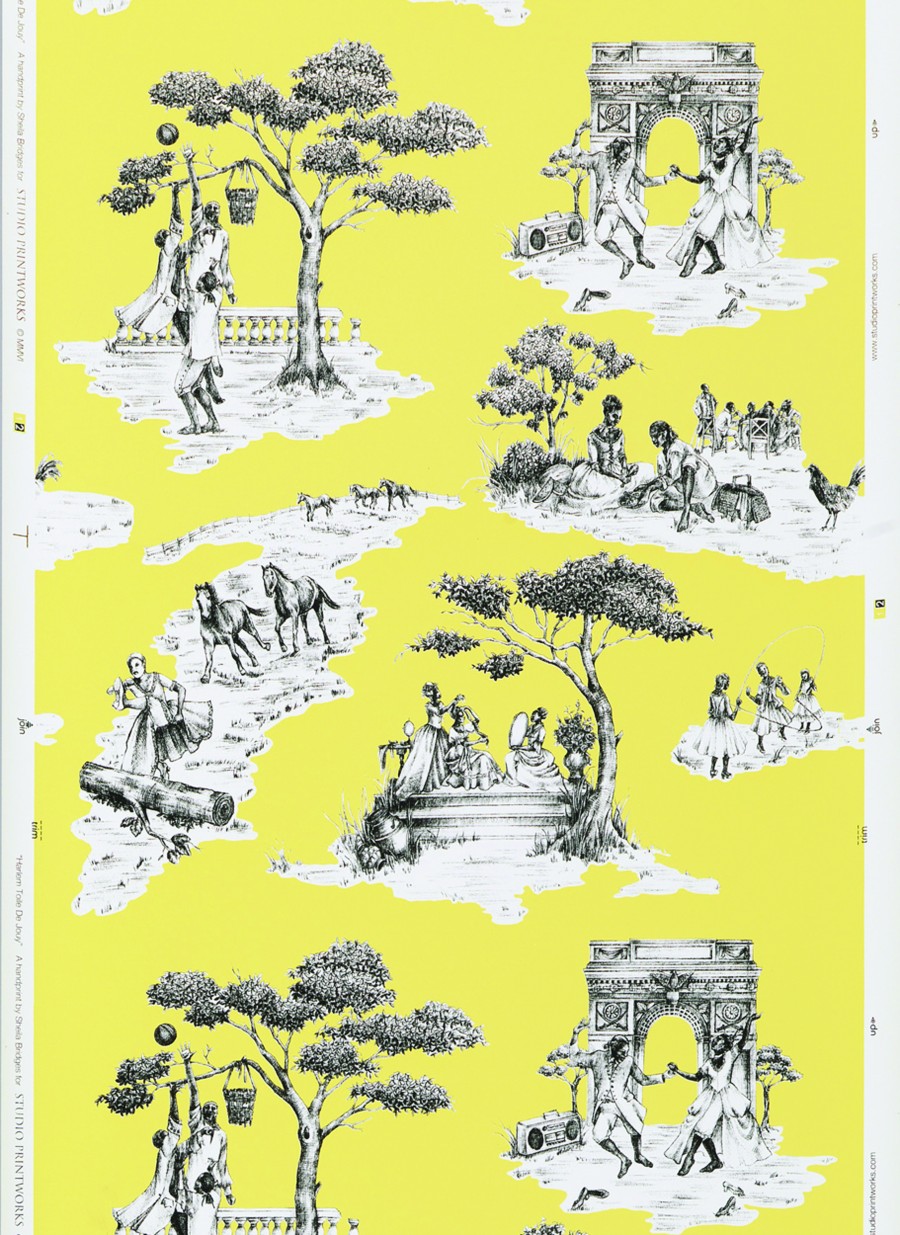
RESOURCES:

Lovely article, I am the creator of Surface House a luxury wallpaper design brand and it is a dream and ambition to one day be listed alongside Cole & Son!